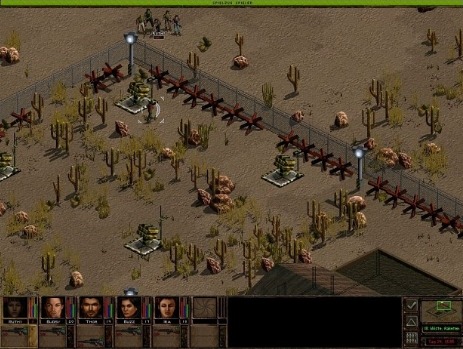

Subversion and fraudulence has infiltrated all levels of local government and the ever-present Mafia has his fingers in many pies. The population is being terrorized by a reckless army in the meantime the main export goods are drugs. JAGGED ALLIANCE 2: WILDFIRE brings you back to Arulco. We must look beyond the lens of imported theories and consider “vernacular” or “emic” concepts rooted in the specificities and singularities of the socialist city itself.Even if the regime is totally inept and corrupt, don't suppose for a moment that you as the liberator will be greeted with open arms. The article closes by suggesting pathways for comparative scholarship that consider built socialism in terms of not only collapse and disintegration, but also success and endurance not simply of either economy or aesthetics, but also of their reciprocal inter-determination and co-dependence. The other pins the blame for failure on built socialism's alleged fixation with aesthetic or discursive realms and its corresponding neglect of the economy. One argues that built socialism failed, because it was too obsessed with the economy and industry and neglected every other aspect of social life. This article provides a critical overview of recent literature on built socialism and identifies a tension between two parallel ethnographic and historical narratives. Scholars, however, continue to produce accounts emphasizing how socialist cities and buildings, as well as the audacious social goals built into them, failed. This has only increased as post-socialist urban landscapes undergo an ever-intensifying process of neoliberal “re-privatization,” de-planning, and spatial as well as economic stratification. It constructs its theoretical edifice with reference to the remaking of post-1945 Warsaw as a socialist city through property expropriation and monumental architectural and planning works, and post-1989 attempts to unmake its socialist character through property reprivatization and unplanning.Ī quarter century following the collapse of the Soviet Union and the people's democracies, many of the dwellings, utilities, and public spaces built by these regimes continue to be cherished by their inhabitants and users. " As a corrective, it proposes reorienting our social morphologies with reference to a Marxist notion of infrastructure, founded on a dynamic understanding of the relationship between determining economic base and determined superstructure. It problematizes how scholarship informed by actor-network theory, assemblage theory and other varieties of (post)postmodernism uses morphological optics and metaphors to represent social life, the material world, and existence itself as necessarily " flat, " " complex " or " fuzzy. Th is article critiques assumptions made by urban anthropologists and other scholars of cities, focusing on currently fashionable theories of infrastructure, materiality, and complexity.


 0 kommentar(er)
0 kommentar(er)
